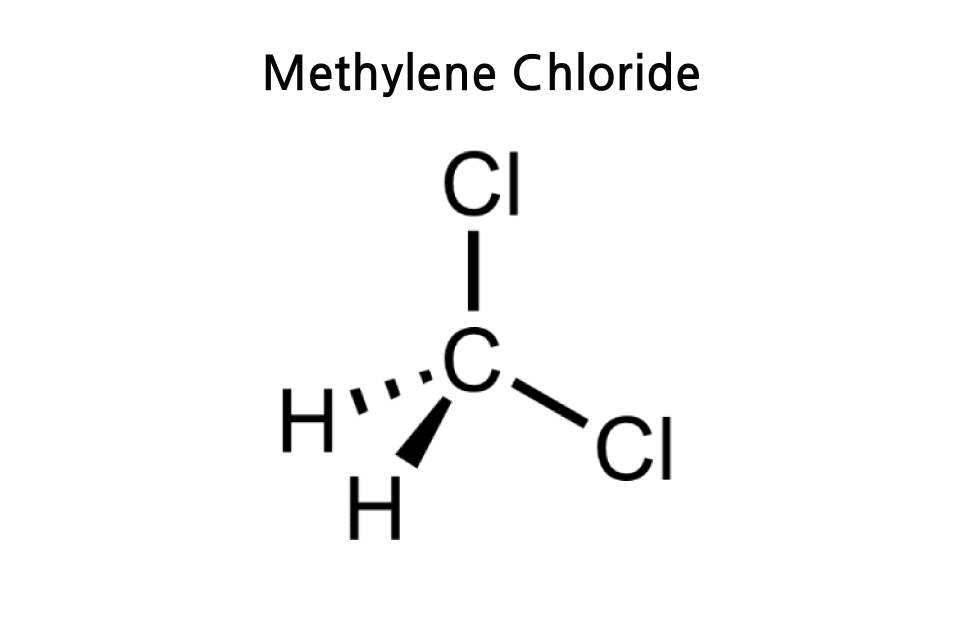
June 27, 2024
Methylene Chloride: A Multifaceted Solvent Beyond Paint Stripping
Methylene chloride, also known as dichloromethane (DCM), is a colorless liquid with a slightly sweet odor. Often associated with paint stripping, this versatile solvent finds applications in a surprisingly wide range of industries. Let’s delve into the diverse world of DCM, exploring its properties and its uses beyond the paint can.
Key Properties
DCM boasts several key characteristics that make it a valuable solvent:
High Solvency Power: It readily dissolves a wide range of organic materials, including fats, oils, waxes, and many polymers.
Volatility: DCM evaporates quickly, making it ideal for applications where rapid drying is desired.
Non-flammability: Unlike some solvents, DCM is not flammable, adding a safety layer to its use in certain settings.
Production Process
The traditional production process for Methylene Di Chloride (Dichloromethane) involves the following key steps:
Chlorination of Methane: The starting material is methane (CH4), which is reacted with chlorine gas (Cl2) at high temperatures.
This chlorination process produces a mixture of chlorinated methane compounds, including methylene chloride (CH2Cl2), chloroform (CHCl3), and carbon tetrachloride (CCl4).
Fractional Distillation: The mixture of chlorinated methane compounds is then separated using fractional distillation, taking advantage of the different boiling points of the individual compounds.
This distillation process allows for the isolation of the methylene chloride fraction.
Stabilization: The isolated methylene chloride is then stabilized by the addition of small amounts of stabilizing agents, such as amylene or cyclohexane. These stabilizers help prevent the decomposition of methylene chloride during storage and use.
The traditional production process for methylene dichloride has been in use for decades and remains a widely adopted method in the industry. It allows for the efficient large-scale manufacture of this versatile chlorinated solvent from readily available raw materials.
Emerging Production Processes:
While the traditional chlorination and distillation process remains the primary method, there are also some emerging production techniques being explored:
Biotech-based Production: Researchers are investigating the use of microorganisms or enzymes to produce methylene chloride from renewable feedstocks, such as agricultural waste or biomass. These biotechnological approaches aim to develop more sustainable and environmentally friendly production methods.
Catalytic Processes: New catalytic technologies are being developed to improve the selectivity and efficiency of the chlorination step, potentially reducing waste and energy consumption. These advanced catalytic processes may offer advantages over the traditional high-temperature chlorination.
Recycling and Reclamation: Efforts are being made to improve the recycling and reclamation of methylene chloride, particularly in industrial applications where the solvent can be recovered and reused. This helps to reduce the overall environmental impact and resource consumption associated with methylene chloride production.
As the industry continues to evolve, these emerging production techniques may complement or even replace the traditional methods, driven by the need for more sustainable and efficient manufacturing processes.
A Spectrum of Applications
While paint stripping might be the first application that comes to mind, DCM’s reach extends far beyond:
Pharmaceuticals: DCM plays a crucial role in the manufacturing of various pharmaceutical products, aiding in the extraction and purification of drugs. It’s important to note that strict regulations govern its use in this industry to ensure product safety. MDC is used to extract active ingredients from raw materials, such as plant extracts, to produce pharmaceutical products. DCM is used as a solvent in the production of pharmaceutical coatings and polymer films for controlled-release formulations.
Methylene chloride has been used as a carrier for pharmaceutical tablet coating, for which the FDA has established residue tolerances. This allows the use of methylene chloride in certain pharmaceutical formulations where the solvent can be effectively removed or its residues controlled.
Electronics Cleaning: The electronics industry relies on DCM for cleaning delicate components due to its high solvency power and rapid evaporation, leaving no residue.
Food Processing: Decaffeination of coffee and tea often utilizes DCM as a selective solvent to remove caffeine without affecting the flavor profile. However, regulatory limitations and the availability of safer alternatives are pushing for a decrease in its use in this sector.
Aerosol Propellant: In the past, DCM was a common propellant in aerosol cans due to its non-flammable nature. However, environmental concerns and the availability of safer alternatives have led to a decline in this application.
Refrigerant: Prior to the discovery of more environmentally friendly options, DCM was used as a refrigerant in some applications.
As a Raw material: MDC is used in various material as a raw material. Some of them are Polyurethane Foams, Polyvinyl Chloride (PVC) Production, Polycarbonate Production, Epoxy Resins, Acrylic Resins, production of printed circuit boards, production of photographic films, Methylene chloride is used in the production of cellulose triacetate, which is used in the manufacture of films and fibers.
In conclusion, methylene chloride, or DCM, is a versatile solvent with a wide range of applications beyond just paint stripping. Its key properties of high solvency power, volatility, and non-flammability make it valuable in industries like pharmaceuticals, electronics cleaning, and food processing. However, regulations and the emergence of safer alternatives are prompting a shift towards more sustainable practices. The future of DCM production may lie in bio-based methods and improved recycling techniques. As science continues to develop, DCM will likely find new applications while adhering to stricter environmental and safety standards.


